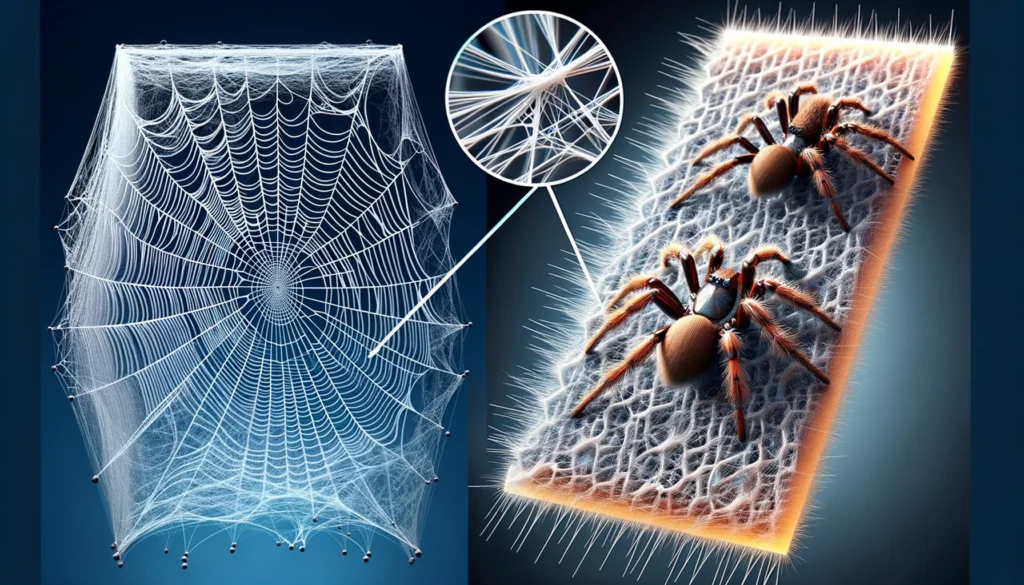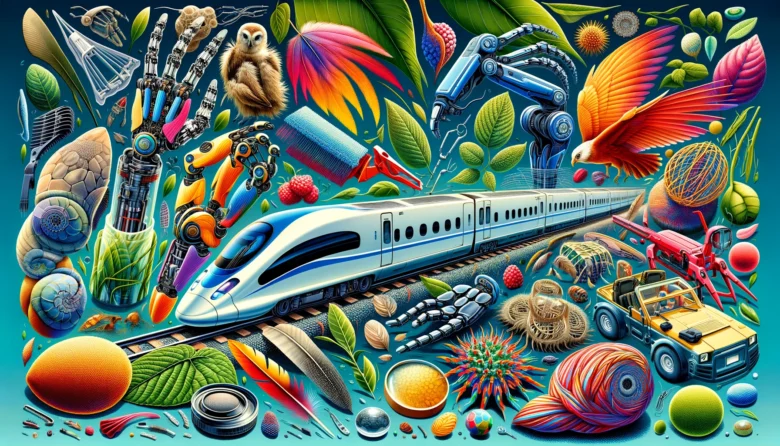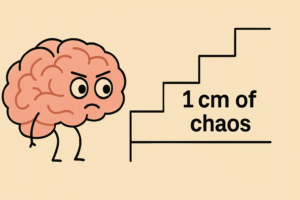Have you ever noticed how nature seems to have a solution for everything? From the way birds glide effortlessly through the air to the way plants turn sunlight into energy, nature is full of brilliant designs. This is the essence of bio-inspired engineering—taking cues from nature to solve human problems. It’s a fascinating field that’s making waves in science and technology, offering innovative solutions to some of our biggest challenges. Let’s dive into this exciting world and see how learning from nature is changing the way we live and work.
Understanding Bio-Inspired Engineering
So, what exactly is bio-inspired engineering? Simply put, it’s a method of solving human problems by mimicking the designs and processes found in nature. This isn’t a new concept; humans have been inspired by nature for centuries. But with modern technology, we can take this inspiration to a whole new level.
The key principles of bio-inspired engineering are imitation and adaptation. Engineers and scientists look at natural systems, understand how they work, and then create human-made systems that replicate these natural processes. It’s like nature’s R&D department has been working for billions of years, and we’re just now starting to catch up.

Applications in Various Fields
Medical Engineering
In the medical field, bio-inspired engineering is making a significant impact. Take prosthetics, for example. Engineers are creating artificial limbs that mimic the natural movement of human limbs, providing better mobility and comfort for users. Another fascinating development is medical adhesives inspired by gecko feet. Geckos can stick to surfaces without using any glue, and scientists have replicated this ability to create adhesives that can hold wounds together even in wet conditions. Pretty cool, right?
Robotics
Robots are becoming more and more like living creatures, thanks to bio-inspired engineering. Robotic limbs that mimic the way animals move are now more agile and efficient. And have you seen those drones that fly like birds? Engineers have studied the flight patterns of birds to design drones that are more stable and energy-efficient. It’s like having a bird’s eye view, literally!
Material Science
Nature has also inspired breakthroughs in material science. Think about spider silk—it’s incredibly strong yet lightweight. Scientists have developed synthetic materials that mimic these properties, leading to new, innovative materials for various applications. Then there are self-healing materials, inspired by how plants can repair themselves. These materials can “heal” after being damaged, which could revolutionize everything from electronics to construction.

Environmental Engineering
Environmental engineering is another area where bio-inspired solutions shine. Waste management systems inspired by nature’s recycling processes are helping us handle waste more efficiently. Sustainable energy solutions that mimic photosynthesis—the process plants use to convert sunlight into energy—are paving the way for greener, more sustainable energy sources.
Case Studies
Case Study 1: Velcro
One of the most famous examples of bio-inspired engineering is Velcro. The story goes that a Swiss engineer named George de Mestral went for a hike with his dog and noticed how burrs stuck to his clothes and his dog’s fur. Curious, he looked at them under a microscope and saw tiny hooks that latched onto loops in the fabric. This simple observation led to the invention of Velcro now used worldwide in countless applications.
Case Study 2: The Kingfisher and Bullet Train
Another amazing example is the Shinkansen bullet train in Japan. Engineers faced a problem: the train was too noisy when exiting tunnels. The solution came from an unlikely source—a bird! The kingfisher dives into the water without making a splash, thanks to its uniquely shaped beak. By redesigning the train’s nose to mimic the kingfisher’s beak, engineers reduced noise and increased speed. Nature to the rescue, once again!

Case Study 3: Shark Skin and Antibacterial Surfaces
Shark skin has inspired antibacterial surfaces. Sharks have tiny scales called dermal denticles that prevent microorganisms from attaching to their skin. Scientists have replicated this texture to create surfaces for hospitals and public spaces that resist bacterial growth, reducing the spread of infections. It’s a prime example of how nature’s designs can improve our health and safety.
Challenges and Limitations
Of course, bio-inspired engineering isn’t without its challenges. Replicating the complex systems found in nature is no easy feat. It requires extensive research, resources, and time. There are also ethical and environmental considerations. For example, while genetic engineering holds great promise, it also raises concerns about unintended consequences and the impact on natural ecosystems.
The Future of Bio-Inspired Engineering
Looking ahead, the future of bio-inspired engineering is incredibly promising. Emerging trends include the integration of artificial intelligence with bio-inspired designs, leading to smarter and more efficient solutions. Advances in nanotechnology are also opening up new possibilities, such as materials that can change properties on demand, inspired by the adaptability of natural organisms.
The potential impact of these developments is huge. From creating more sustainable energy sources to developing new medical treatments, bio-inspired engineering could help us tackle some of the biggest challenges we face today, like climate change and resource scarcity. It’s an exciting time to see how far we can go by learning from nature.

Conclusion
Bio-inspired engineering shows us that sometimes the best solutions are right in front of us, in the natural world. By mimicking nature’s time-tested designs, we can create innovative solutions that improve our lives and our planet. So, next time you’re out in nature, take a closer look—you might just find the next big idea.
Call to Action
We’d love to hear your thoughts on bio-inspired engineering! Have you come across any interesting examples or have ideas on how we can learn from nature? Share your experiences in the comments below. And if you’re curious to learn more, check out the additional resources we’ve listed. Nature has a lot to teach us, and we’re just getting started!
Author’s Note
Thank you for reading this blog on bio-inspired engineering. As a passionate advocate for sustainable technology, I believe that learning from nature offers some of the most innovative solutions to our modern challenges. I hope this article inspires you to see the natural world in a new light and consider how its ingenious designs can shape our future.
G.C., Ecosociosphere contributor.
References and Further Reading
- “Biomimicry: Innovation Inspired by Nature” by Janine M. Benyus – This book explores various ways in which nature’s strategies can be applied to human problems.
- “The Shark’s Paintbrush: Biomimicry and How Nature is Inspiring Innovation” by Jay Harman – A deep dive into how natural designs inspire new technologies.
- “Nature’s Machines: An Introduction to Organismal Biomechanics” by David E. Alexander – This book provides insight into the biomechanics of organisms and how these principles can be applied to engineering.




